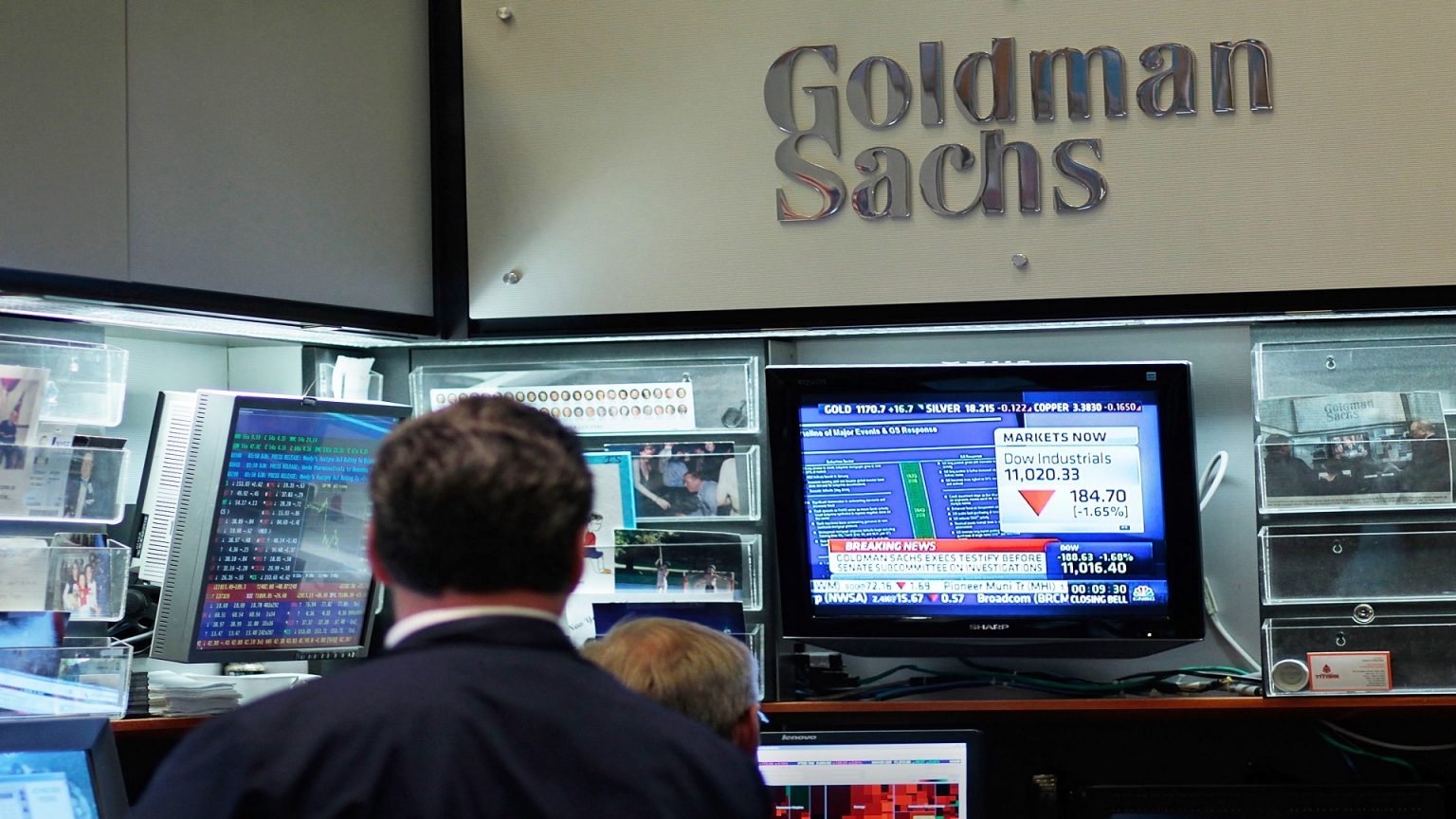Commodities
Goldman Sachs oil price forecast 2022: Oil price forecast worsens in Q3 and Q4

Current Goldman Sachs oil price forecast 2022: Analysts (NYSE:GS) believe another drop in Brent prices has been driven by low liquidity and growing multiple concerns, including the recession, China’s “zero tolerance” coronavirus policy and the country’s real estate sector, the release of strategic reserves in the US and Russia’s production recovery.
“We believe the possibility of higher oil prices remains high, even given all these negative factors, as the market is in a state of greater deficit than we have expected in recent months,” experts said.
Nevertheless, they worsened their forecasts for oil prices in the 3rd and 4th quarters of 2022 – to $110 and $125 per barrel, respectively, from $140 and $130 per barrel. The forecast for 2023 remained unchanged at $125/bbl.
The previous week the price of Brent had fallen by almost 9%; WTI had fallen by almost 10%. At the moment, futures are near the minimum marks for six months.
Commodities
Oil prices rise; U.S. crude inventories plunge, Russia-Ukraine truce eyed
Commodities
India’s Reliance to stop buying Venezuelan oil over US tariffs, sources say
Commodities
Oil prices climb on Venezuela supply worries

 Forex3 years ago
Forex3 years agoForex Today: the dollar is gaining strength amid gloomy sentiment at the start of the Fed’s week

 Forex3 years ago
Forex3 years agoUnbiased review of Pocket Option broker

 Forex3 years ago
Forex3 years agoDollar to pound sterling exchange rate today: Pound plummeted to its lowest since 1985

 Forex3 years ago
Forex3 years agoHow is the Australian dollar doing today?

 Cryptocurrency3 years ago
Cryptocurrency3 years agoWhat happened in the crypto market – current events today

 World3 years ago
World3 years agoWhy are modern video games an art form?

 Commodities3 years ago
Commodities3 years agoCopper continues to fall in price on expectations of lower demand in China

 Economy3 years ago
Economy3 years agoCrude oil tankers double in price due to EU anti-Russian sanctions























